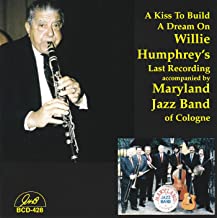
Daily Dose Of Jazz…
Willie James Humphrey was born on December 29, 1900 in New Orleans, Louisiana into a musical family, the son of prominent local clarinetist and music teacher Willie Eli Humphrey. His brothers Earl and Percy also became well known professional musicians.
After establishing himself with such New Orleans bands as the Excelsior and George McCullum’s band, Humphrey traveled north, playing with Lawrence Duhé, and King Oliver in Chicago, Illinois. In the 1920s he made his first recordings in St. Louis, Missouri.
Returning to New Orleans, he played for many years with the Eureka and Young Tuxedo Brass bands, the bands of Paul Barbarin and Sweet Emma Barrett, and the Preservation Hall Jazz Band.
Clarinetist Willie Humphrey, whose playing remained vigorous and continued to grow more inventive in his old age, passed away at 93 on June 7, 1994.
More Posts: clarinet,history,instrumental,jazz,music
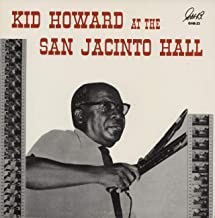
Daily Dose Of Jazz…
John Baptiste “Bat” Mosley was born on December 22, 1893 in Algiers, Louisiana, and was the brother of drummer Edgar Mosley. His father played guitar but began the youngster playing drums at age nine when he gave him a snare drum. He and his father would make money playing around town together.
Bat, however, did not work professionally until about 1923, and started with Tom Albert, then Joe Harris’ Royal Jazz Band, and later with Kid Howard. Throughout his career he also performed regularly with brass bands, including Kid Rena’s, Henry Allen’s, and the Eureka.
Drummer Bat Mosley passed away on July 28, 1965 in Algiers.
More Posts: drums,history,instrumental,jazz,music
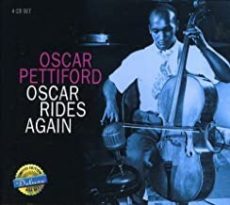
Daily Dose Of Jazz…
Sonny Greer was born William Alexander Greer on December 13, c. 1895 in Long Branch, New Jersey. He played with Elmer Snowden’s band and the Howard Theatre Orchestra in Washington, D.C., before joining Duke Ellington. Meeting him in 1919, he was Ellington’s first drummer, playing with his quintet, the Washingtonians. He then moved with Ellington into the Cotton Club.
As a result of his job as a designer with the Leedy Drum Company of Indiana, Greer was able to build up a huge drum kit worth over a then-considerable $3,000, including chimes, a gong, timpani, and vibes.
A heavy drinker, as well as a pool-hall hustler when he needed to retrieve his drums from the pawnbroker, in 1950, Ellington responded to his drinking and occasional unreliability by taking a second drummer, Butch Ballard, with them on a tour of Scandinavia. This enraged Greer, and the consequent argument led to their permanent estrangement.
Sonny continued to play, mainly as a freelance drummer, working with musicians such as Johnny Hodges, Red Allen, J. C. Higginbotham, Tyree Glenn, and was there for the iconic 1958 Art Kane black-and-white photograph A Great Day In Harlem. He was part of a tribute to Ellington in 1974, which achieved great success throughout the United States.
Never recording as a leader, he was quite active as a sideman recording with not only seven albums with Duke but another twelve albums with Johnny Hodges, Bernard Addison, Louis Armstrong, Earl Hines, Lionel Hampton, Lonnie Johnson, Brooks Kerr, Oscar Pettiford, Rex Stewart, Victoria Spivey, and Josh White.
Drummer Sonny Greer , best known for his work with Duke Ellington, passed away of a heart attack on March 23, 1982 in Lenox Hill, on the upper East side of Manhattan.
More Posts: bandleader,drums,history,instrumental,jazz,music
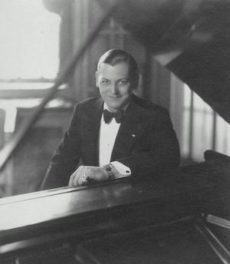
Daily Dose Of Jazz…
Joseph L. Sanders was born on October 26, 1896 in Thayer, Kansas. Best known for co-leading the Coon-Sanders’ Nighthawks along with Carleton Coon, the pair formed the group in 1920 in Kansas City under the name Coon-Sanders Novelty Orchestra.
Their broadcast for the first time on radio the following year, they became simply known as the Nighthawks because of their frequent appearances on late night radio. They recorded in Chicago, Illinois in 1924 and held a residency at the Blackhawk club in that city from 1926. The ensemble toured as a Midwestern territory band, and after Coon’s death, Joe continued to lead the band under his own name.
During the 1940s Sanders worked mostly in Hollywood studios, and occasionally led performances at the Blackhawk once again. He was a vocalist for the Kansas City Opera in the 1950s.
Pianist, singer, and bandleader Joe Sanders, associated with Kansas City jazz for most of his career, passed away in Kansas City, Missouri on May 14, 1965.
More Posts: bandleader,history,instrumental,jazz,music,piano,vocal
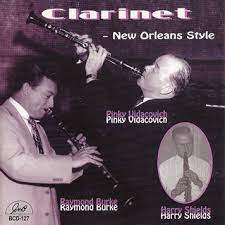
Daily Dose Of Jazz…
Harry Shields was born on June 30, 1899 at 2319 First Street in Uptown, New Orleans, Louisiana, two doors down from Buddy Bolden’s house. He spent almost his whole career in New Orleans. He played with the bands of Norman Brownlee, Sharkey Bonano, Tom Brown, Johnny Wiggs, and others.
Many of his fellow musicians regarded Harry as a superior clarinetist to his brother Larry, who became a noted musician. Wiggs had once commented that Harry was the only clarinetist he’d heard who could always play the right note without fail. He was a part of George Girard and His New Orleans Five, and Johnny Wiggs and His New Orleans Band.
Clarinetist Harry Shields passed away in his hometown on January 19, 1971.
More Posts: clarinet,history,instrumental,jazz,music




